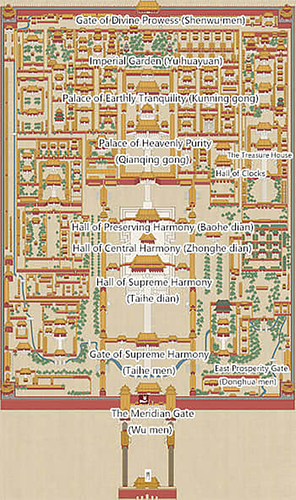Figures & data
Figure 1. Dependence of the level of tourist activity on the degree of development of cultural services, museums, and collections of relics in 2008–2019 (r = 0.95; P < .0001).
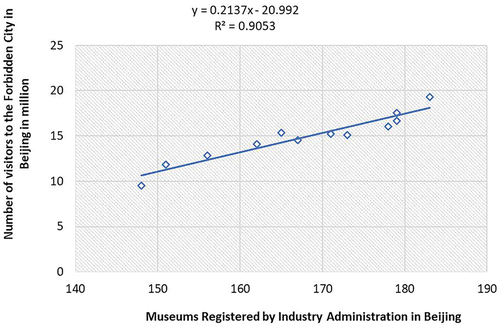
Figure 3. Forbidden city map of infrastructure.
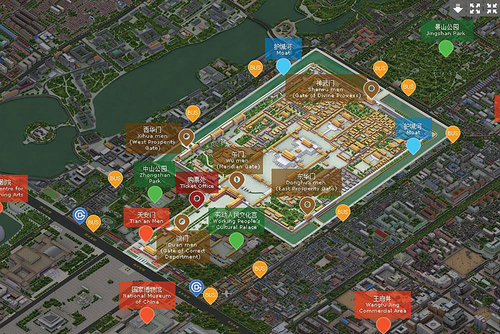
Figure 4. Satellite map with the typology of Forbidden City map area.
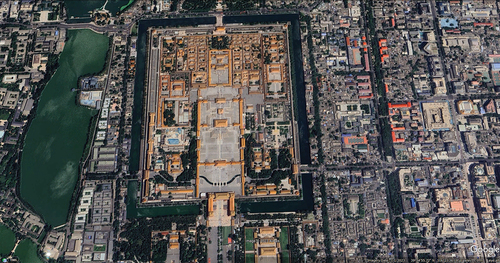
Figure 5. Beijing, China metro area population 1950–2022.
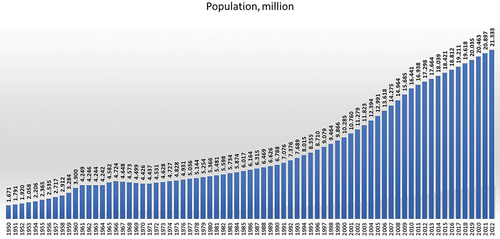
Figure 6. A model for managing the preservation of cultural heritage in a changing historic environment within the framework of sustainable development of the city.


